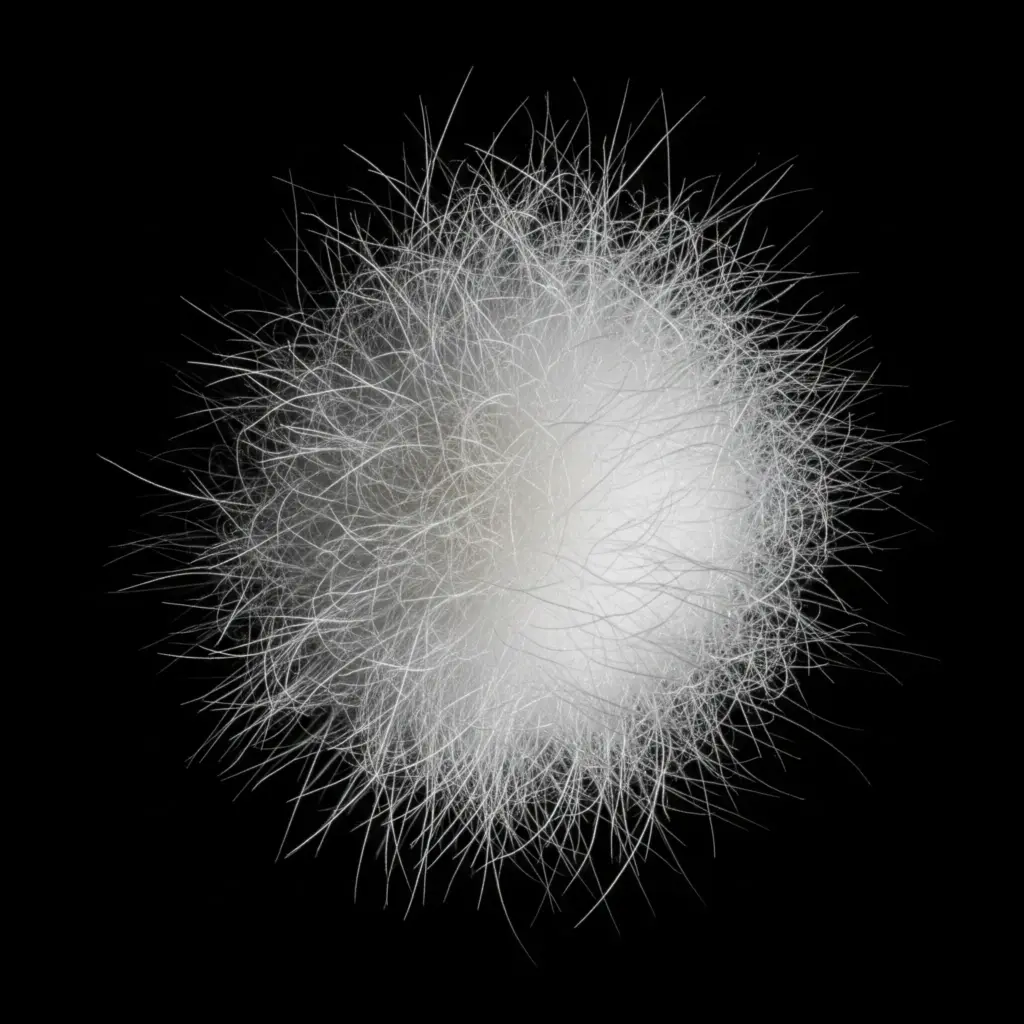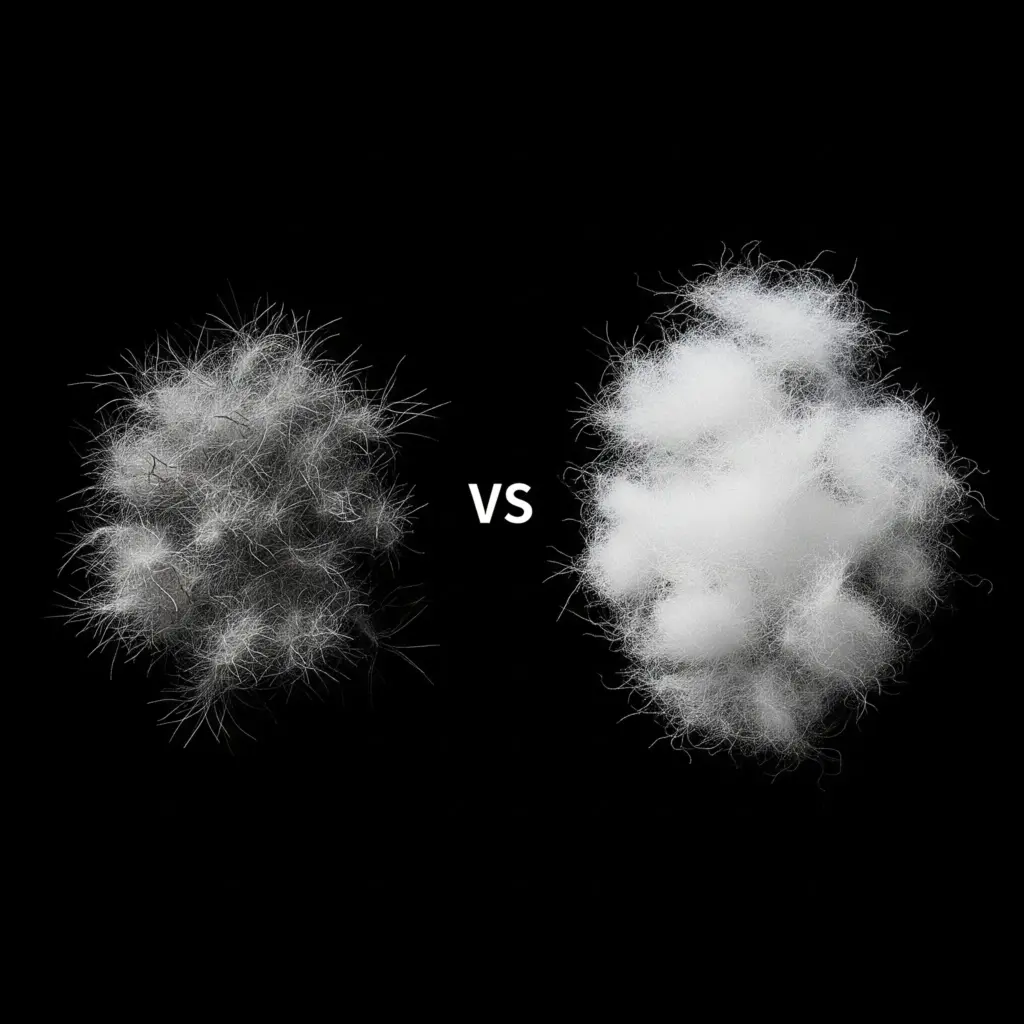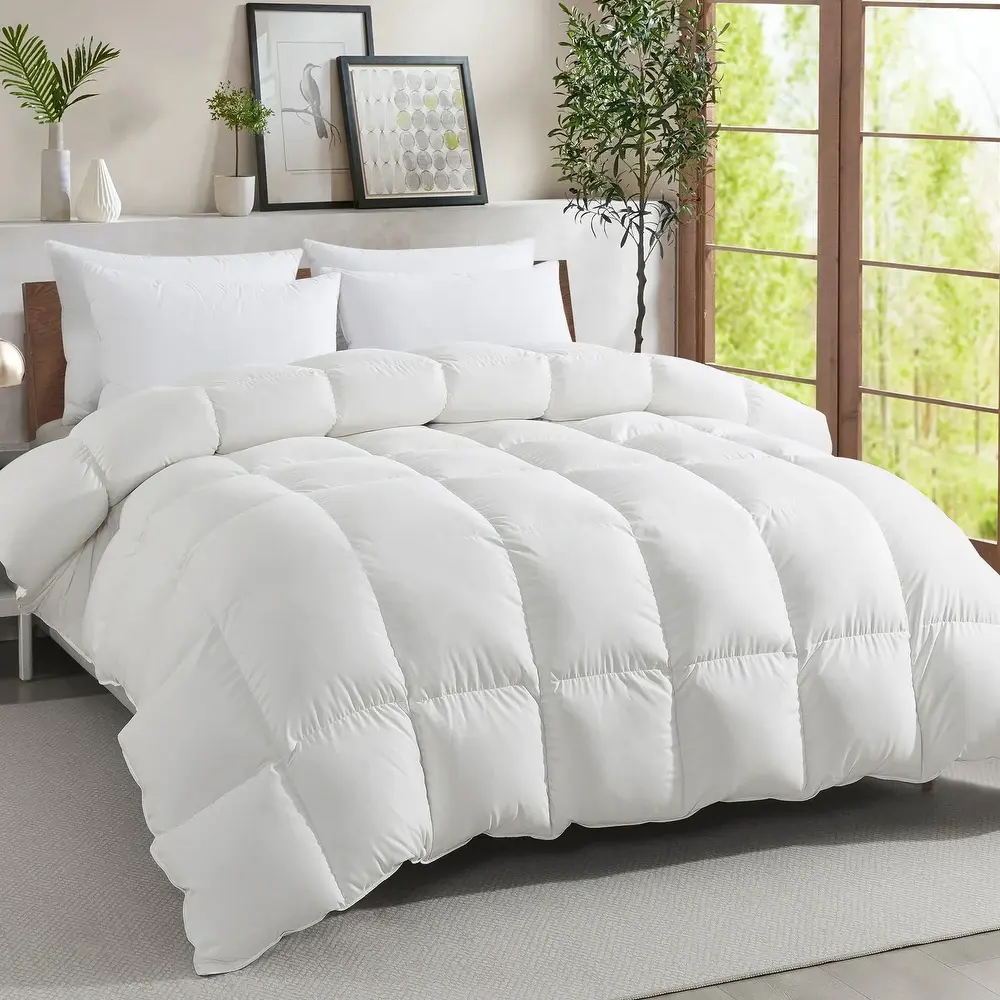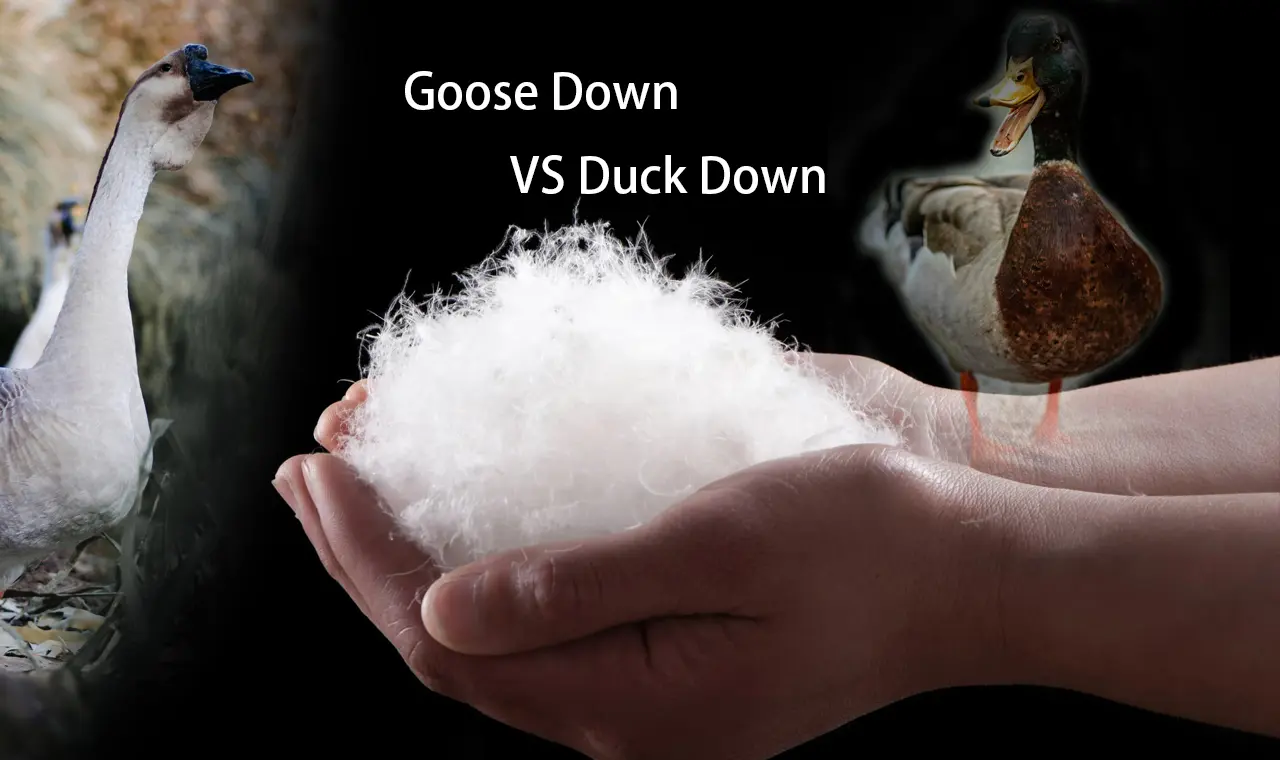When shopping for a high-quality comforter, duvet, or pillow, one question often comes up: Is duck down as good as goose down?
Both duck and goose down are used in luxury bedding, offering softness and warmth. But there are a few key differences that can affect your sleep comfort, durability, and even price. In this article, we’ll help you understand the pros and cons of duck down and goose down, and which one might be right for your bedding needs.
- What is Down?
- Goose Down: The Premium Choice
- Duck Down: Budget-Friendly Comfort
- How to Choose: Duck Down or Goose Down?
- The Key Difference: Beyond Just Goose vs. Duck
- Subtle Differences Between Goose and Duck Down (Considering Fill Power)
- Key Takeaways
- Conclusion: Is Duck Down as Good as Goose Down?
- Final Thoughts
What is Down?
Down is the fluffy layer found under the feathers of ducks and geese. Unlike feathers, down doesn’t have quills. It’s light, soft, and traps warm air, making it perfect for insulation in bedding products like:
- Comforters
- Duvets
- Pillows
- Mattress toppers
Goose Down: The Premium Choice
Pros:
- Larger down clusters: Geese are larger birds, so goose down clusters are typically bigger. This makes them more insulating and fluffier.
- Higher fill power: Goose down usually ranges from 600 to 900+ fill power, meaning it traps more air and feels warmer and lighter.
- Longer-lasting: Larger down clusters also mean better durability over time.
Cons:
- Higher price: Goose down is more expensive, especially if it’s white goose down or from mature geese.
- Limited supply: Goose farming is less common, which drives up the cost.
Best for: Luxury bedding, cold climates, long-term investment in comfort.
Related product: White Goose Down Comforter

Duck Down: Budget-Friendly Comfort
Pros:
- More affordable: Duck down is more widely available, making it more budget-friendly.
- Good insulation: High-quality duck down can also provide warmth and softness—often with a fill power of 500–700.
- Lightweight and cozy: Ideal for all-season use and warmer climates.
Cons:
- Smaller down clusters: May not trap heat as efficiently as goose down.
- Mild odor risk: Duck down sometimes has a natural scent that some users notice more than goose down.
- Slightly shorter lifespan: Typically less durable due to smaller cluster size.
Best for:Affordable bedding, guest rooms, warmer climates, lighter comforters.
Recommended read: What Is Fill Power in Down Bedding?

How to Choose: Duck Down or Goose Down?
Ask yourself:
- Do you want ultimate luxury and warmth? Go with goose down.
- Are you shopping on a budget or for lighter bedding? Duck down is a great choice.
- Need a good balance? Look for a high fill power duck down comforter or a goose/duck down blend.
Tip: Check our Bedding Buying Guide for more advice.

The Key Difference: Beyond Just Goose vs. Duck
While general tendencies exist between goose and duck down, the quality and performance of any down are ultimately determined by its “Fill Power” (FP), not simply the species it came from.
- Fill Power (FP): This is the gold standard for measuring down’s loft and insulating ability. It indicates the volume, in cubic inches, that one ounce of down occupies. The higher the Fill Power, the more air the down can trap, meaning better insulation, greater loft (fluffiness), and less weight needed for the same warmth. A high-quality duck down with a high Fill Power (e.g., 700+ FP) will outperform, be warmer, loftier, and more valuable than a goose down with a lower Fill Power (e.g., 550 FP). Therefore, always prioritize the Fill Power number when comparing products.
Subtle Differences Between Goose and Duck Down (Considering Fill Power)
| Feature | Goose Down | Duck Down | Decisive Factor(s) |
|---|---|---|---|
| Cluster Size | Generally larger (due to larger bird size) | Generally slightly smaller | Influences potential max Fill Power |
| Potential FP | Higher potential (can reach 900+ FP) | Excellent potential (commonly up to 750-800+ FP) | Specific Fill Power (FP) Value |
| Warmth (at same FP) | Same as duck down | Same as goose down | Specific Fill Power (FP) Value |
| Loft/Lightness | High FP = Excellent | High FP = Excellent | Specific Fill Power (FP) Value |
| Durability | High FP = More durable (stronger clusters) | High FP = Very durable | Fill Power Value & Care |
| Odor (Processed) | Virtually odorless when properly processed | Virtually odorless when properly processed | Quality of Cleaning/Processing |
| Typical Cost (at same FP) | Highest FPs often pricier (rarity) | Often better value, but high FP is premium too | Market supply, rarity, brand |
| Availability | Less common, especially at highest FPs | More widely available | Farming scale |
Key Takeaways
| Feature | Goose Down | Duck Down |
|---|
| Warmth | Higher | Moderate to high |
| Softness | Very soft | Soft |
| Fill Power | 600–900+ | 500–700 |
| Price | Premium | Budget-friendly |
| Lifespan | Longer | Shorter |
| Odor | Rare | Occasionally noticeable |
Conclusion: Is Duck Down as Good as Goose Down?
Duck down can be just as good—depending on your needs. For everyday comfort, warmth, and affordability, duck down is an excellent choice. If you’re looking for luxurious, long-lasting bedding, goose down may be worth the extra investment.
At Yintex, we offer both duck and goose down products to fit every preference and budget.
🡒 Shop All Down Bedding Products
🡒 Explore Goose Down Comforters
🡒 Explore Duck Down Duvets
Final Thoughts
Both goose and duck down can create exceptionally warm and comfortable bedding. The key is to understand and compare Fill Power, not just the species. High-quality, high-FP duck down is far superior to low-FP goose down. By focusing on your specific needs (warmth, budget, weight preference) and carefully reading product labels (especially Fill Power and ethical certifications), you can confidently select the perfect down-filled item for years of cozy, restful sleep!


Leave a Reply